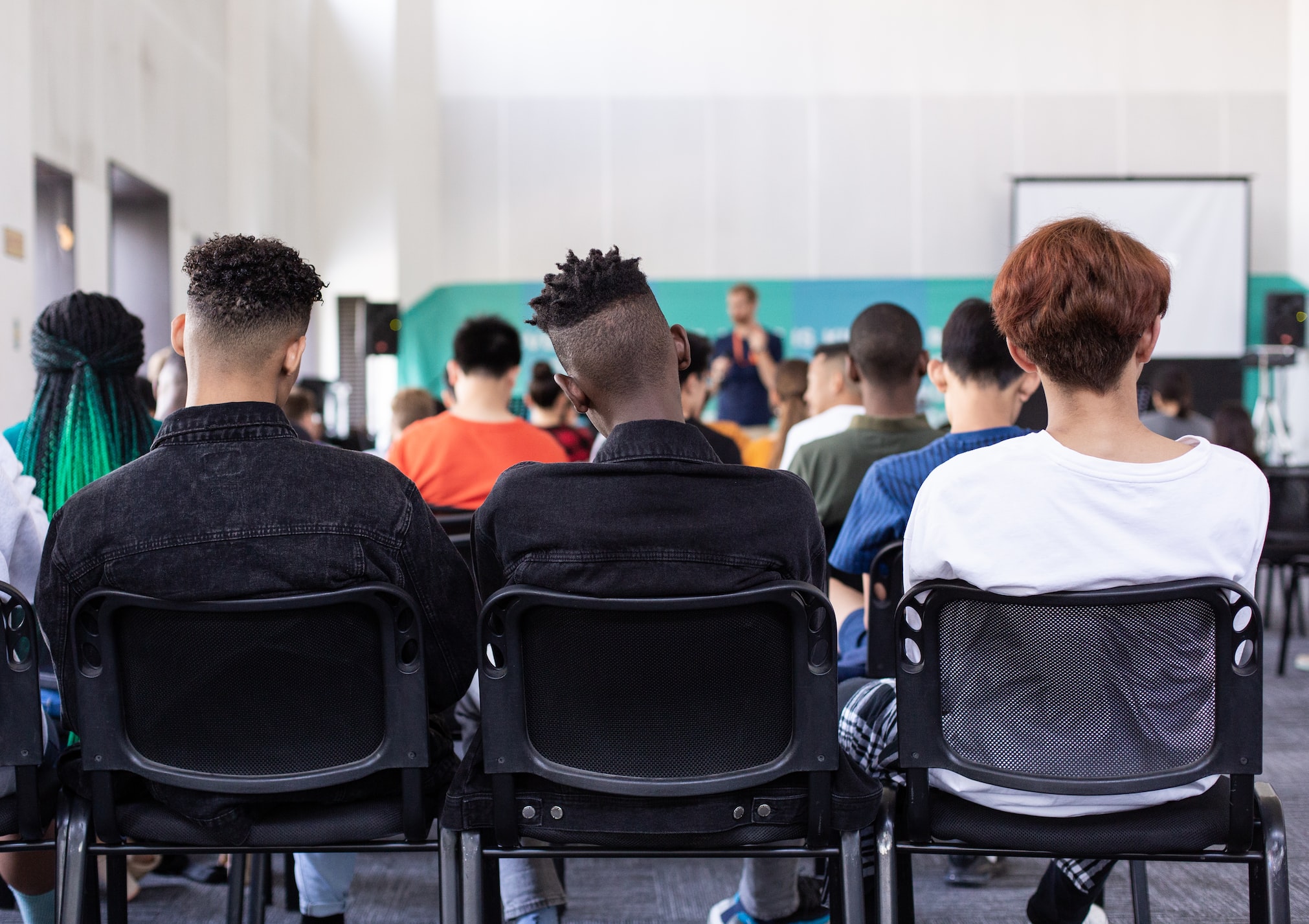
Baffour Gyimah Kwame Owusu
Bridging the Gulf Between Scientific Knowledge and Public Understanding.
Most Read Stories Today
-
Water Scarcity and Artificial Rainfall: The Positive and The Negative Effects of Cloud Seeding, including Health Hazards and Climate Implications.
-
Renewable Energy in Rural Areas: Challenges, Opportunities, and Successful Rural Projects
-
Pakistan's Agriculture at Risk Due to Climate Variability
-
South Africa's Recent Floods: Is Climate Change to Blame?
-
South Korea's floods: root causes and prevention strategies.
-
South Africa: Cape Town, A City Under Fire
-
The Human Cost of Climate Disasters
-
Our Oceans, Our Future: The South African Dilemma of Overfishing
-
Degenerative Impact of Hydrocarbons On The Environment.
-
Sustainable Urban Planning - Copenhagen and the Path to Climate Resilience
The recent revolution in our day-to-day engagement with the climate has underscored the need to discuss climate science. Under the binoculars, it is palpable across the various domains how people have little acumen about their roles in the rising anomalies.
The imbalance hangs on one commodity - communication. This is the ransom required to optimize sustainable efforts. Central to this transformative process is education—a guiding light that sparks curiosity and enlightens minds. With education and effective communication as our compass, we chart a course toward a future where each action, conversation, and decision harmonizes in the symphony of change.
This trajectory is not just a preference, but a time-bound necessity, given the discernible impacts of the changing climate. Failure to proactively proceed will only escalate the battle for dominance within ecosystems and the forensic traces left behind will bear the imprints of climate change, an undeniable testament to our missteps.
This article delves into the diverse formulas that can be deployed to liaise the breach between scientific knowledge and public understanding, fostering a more informed and engaged society. This voyage demands a multi-dimensional approach, one that artfully weaves in the threads of local context, culture, and the diverse palette of communication preferences.
Proactive Steps to Bridge the Gap between Scientific Knowledge and Public Understanding:
- Engaging diverse stakeholders:
Effectively disseminating these insightful pieces requires a cohesive approach that involves a spectrum of stakeholders. The involvement of these stakeholders is pivotal, as they hold the means to connect with the populace in profound ways. Ghana is a country with a deep connection to its traditional and indigenous knowledge systems. Incorporating these systems into climate communication can enhance public understanding. Indigenous narratives and stories can effectively convey complex concepts in a culturally resonant manner. Elders and community leaders can play a crucial role in imparting climate knowledge in a context that people are already familiar with.
- Creating Connections through Real-life Happenings:
Offering realistic occurrences holds the power to deeply resonate with a wide range of individuals. People marinate and develop a deep connection with the subject matter. Mentioning the recent toing and froing of rainfall patterns affecting agriculture to rising sea levels impacting coastal communities and high warmth exacerbating drought can be the potent remedy, as these tangible consequences resonate with people's lived experiences. Utilizing tools like personal stories, images, and spatial case studies would immerse individuals in the moment and help them recognize the urgency of the issue and its relevance to their lives.
- Communicating Complex Concepts with Clarity:
Climate science has so many technical barring, stressing the huge inconvenience of being in the listening seat. Therefore, communicating climate science to the public should span translating complex concepts into easy, comprehensive articulation. The magic algorithm would be to engage the audience with analogies, metaphors, and everyday occurrences. Across the various Ghanaian groups, this formula can convey scientific ideas more digestibly, helping people grasp the nexus between human activities, greenhouse gas emissions, and the shifting climate.
- Visual Storytelling:
Visual Communication is a hard charger vet who comes highly recommended. Its capacity to unlock the emotions of residents is unmatched, etching a lasting tableau within the mind and the importance of involving them can not be overstated. In the modernized era we find ourselves, utilizing visual elements such as infographics, videos, and interactive web content can channel information in a slick manner rather than text alone. Infographics can be used as a tool to project the causes of climate change, its consequences, and potential solutions in a concise and engaging means. Short videos featuring experts, affected communities, and success stories can humanize the issue and make it more relatable.
- Involving the Local Media:
Collaboration with local media outlets, including radio, television, and newspapers, is vital. These platforms have a wide reach and are trusted sources of information. Talk shows documentaries, and news articles can help break down climate science in an accessible manner. The power of the local dialect is paramount in these functions, utilizing them ensures messages are conveyed to a larger audience.
In a world shaped by the profound impacts of climate change, effective communication becomes the linchpin for forging a sustainable future.

Terms & Conditions
Subscribe
Report
My comments